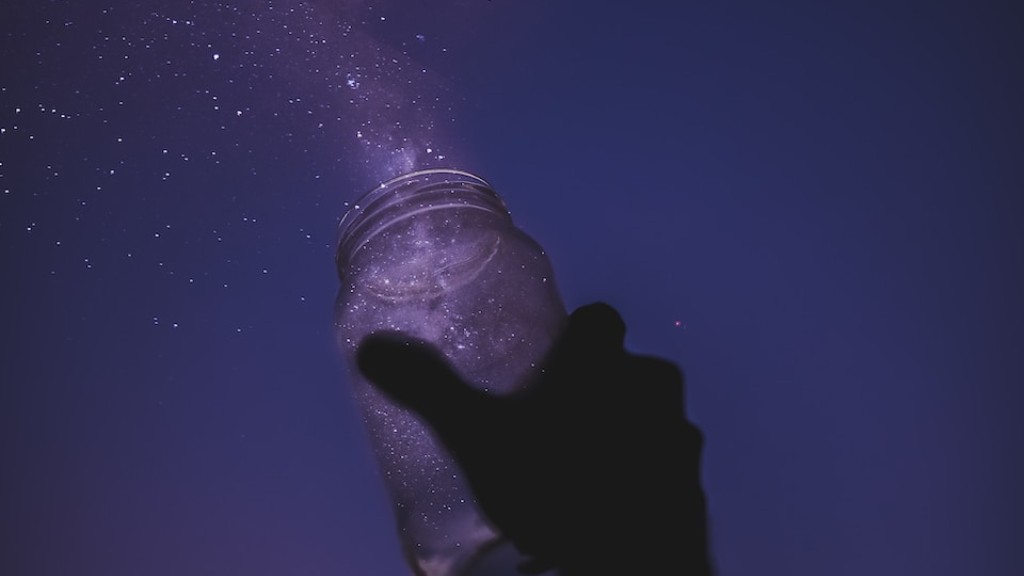Dreams occur during REM sleep.
The stage of dreaming typically occurs during the rapid eye movement (REM) stage of sleep.
What stage of sleep do you dream in?
REM sleep is a crucial part of getting a good night’s sleep. Most of your dreaming occurs during REM sleep, although some can also occur in non-REM sleep. Your arm and leg muscles become temporarily paralyzed, which prevents you from acting out your dreams. As you age, you sleep less of your time in REM sleep. Memory consolidation most likely requires both non-REM and REM sleep.
Each sleep stage is important for maintaining cognitive performance. stage 3 is a deep sleep stage where the body is immobilized. Dreams occur during stage 4 REM, known as paradoxical sleep.
Do you dream in stage 2 sleep
Yes, you can dream in all sleep stages, but dreams that are vivid and emotional mostly happen during REM sleep. You are also more likely to experience lucid dreams during REM sleep.
During REM sleep, your brain is active and you are likely to dream. Dreams during this stage can be vivid and you may be able to remember them when you wake up.
Does dreaming mean good sleep?
Dreaming is a normal part of healthy sleep and is linked to better cognitive function and emotional health. Dreams help us process information and emotions, and can be a way to work through problems or issues we are facing in our lives. Dreams can also be a source of inspiration, creativity, and knowledge.
The dreaming sleep is a deep stage of sleep characterized by intense brain activity in the forebrain and midbrain. This stage of sleep is important for consolidating memories and forming new ones. Dreams during this stage of sleep are often vivid and memorable.
Do you dream in stage 4 sleep?
REM sleep is an important stage of sleep for your brain. During this stage, your brain waves and eye movements increase. Your heart rate and breathing also speed up. Dreaming often happens during REM sleep. Your brain also processes information during this stage, making it important for learning and memory.
Sleep is a natural, recurring state of rest for your mind and body. It’s important to get enough sleep, so your body can recover from the day’s activities and be ready for the next day.
There are five stages of sleep: wake, N1, N2, N3, and REM. Your sleep cycle repeats throughout the night, with different amounts of time spent in each stage.
Is Stage 3 the deepest sleep
View Source is a global initiative that encourages developers to use open source software.
During stage 1 sleep, also called N1 sleep, the body has not yet fully relaxed and brain activity starts to slow down with brief periods of movement. This stage usually lasts for one to seven minutes.
Is REM sleep the deepest sleep?
REM sleep is the deepest stage of sleep, where you’ll experience quickened breathing and a faster heart rate and blood pressure. The first round of REM in a night lasts about 10 minutes, with the stage getting longer and longer each time you enter REM in one night.
There are three main stages of sleep: REM (rapid eye movement), non-REM, and wakefulness. Most of your dreams take place during REM sleep, but you can also dream during non-REM sleep. REM sleep is associated with more vivid dreams, but both REM and non-REM sleep can produce dreams.
Can you dream in light sleep stage
Sleep is divided into two types: REM (rapid eye movement) sleep and non-REM sleep. REM sleep is when you dream and your brain is active. Non-REM sleep is when your brain is less active and you don’t dream.
During light sleep, you dream, but these dreams don’t form the same coherent, story-like narrative as dreams in REM sleep do. Because your body is still sensitive to noise, temperature, touch, and movement during this stage, it’s easier to wake up in light sleep.
In stage IV sleep, the brain is in its deepest level of sleep and the predominant EEG activity consists of low frequency (1-4 Hz), high-amplitude fluctuations called delta waves. This phase of sleep is also known as slow-wave sleep because of the characteristic delta waves. The entire sequence from drowsiness to deep stage IV sleep usually takes about an hour.
Can you trigger a dream?
External stimulation during REM sleep, such as a light cue from a sleep mask, can trigger a lucid dream. This is because during REM sleep, thedreamer is more likely to be aware of their surroundings and to be able to control their dream. Lucid dreaming has been shown to be beneficial for things like anxiety relief and problem solving.
There is no one definitive answer to this question. Instead, a number of different factors could influence whether or not someone remembers their dreams. These include the person’s current level of stress, any medications they are taking, and how restful their sleep was.
Warp Up
During sleep, dreams typically occur in the rapid eye movement (REM) stage.
The stage of dreaming occurs during the Rapid Eye Movement (REM) stage of sleep. Dreams usually last for about 20-30 minutes.





